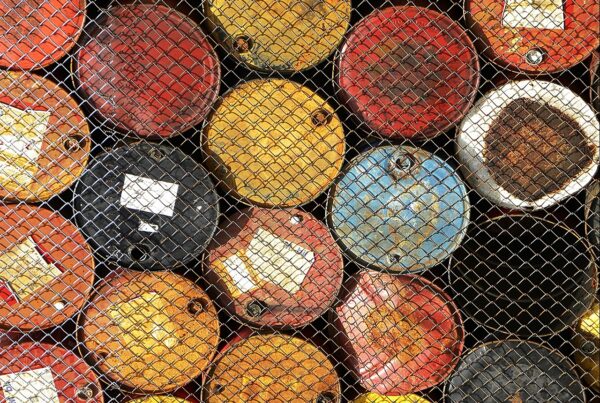Cleaning an item that people expect to look old means finding a delicate balance.
Although artifacts do need upkeep from time to time, some might look strange with a pristine exterior. Most people don’t expect a bronze cannon used at the Battle of the Alamo to be shiny, for example.
Chris Dostal, assistant professor of nautical archaeology and director of the Conservation Research Laboratory at Texas A&M University, recently worked with preservationists at the Alamo. He spoke with Texas Standard about the process of restoring and preserving the cannon. Listen to the interview above or read the transcript below.
This transcript has been edited lightly for clarity:
Texas Standard: Tell us a little bit more about how this cannon may have been used at the Alamo.
Chris Dostal: Well, I’m not an expert on the provenance of the cannon. I know that it’s been in the Alamo care for a number of years now. When it came into the Alamo’s hands, our lab decided to help out with the conservation of it. And so it’s undergone treatment with us now a couple of times.
Well, what was wrong with it that needed to be fixed?
Probably nothing too serious other than the fact that it didn’t look very good. And we wanted to make sure that there were no compounds on the cannon that would cause the metal to corrode over time.
So what exactly did you do? I think about, like, say, plating as a way that you can change the exterior color of the metal. Did you basically do something similar?
Plating kind of changes the nature of the object. And so we don’t want to do that. We don’t want to misrepresent an archeological object like that.
You could polish them up to make them look brand new. But we tend to not do that because nobody wants to go see a 200-year-old cannon and have it shining like it just came off the factory floor.
So we put it through a process known as electrolytic reduction. We put the cannon into a vat with an electrolyte, and then ran current through it to kind of force any salts or other type of materials that might be in the metal out to stabilize it.
















